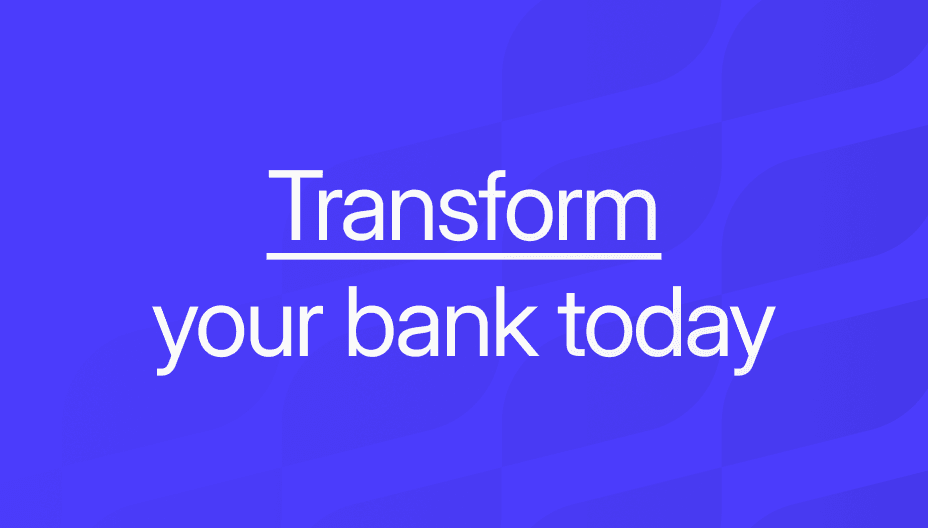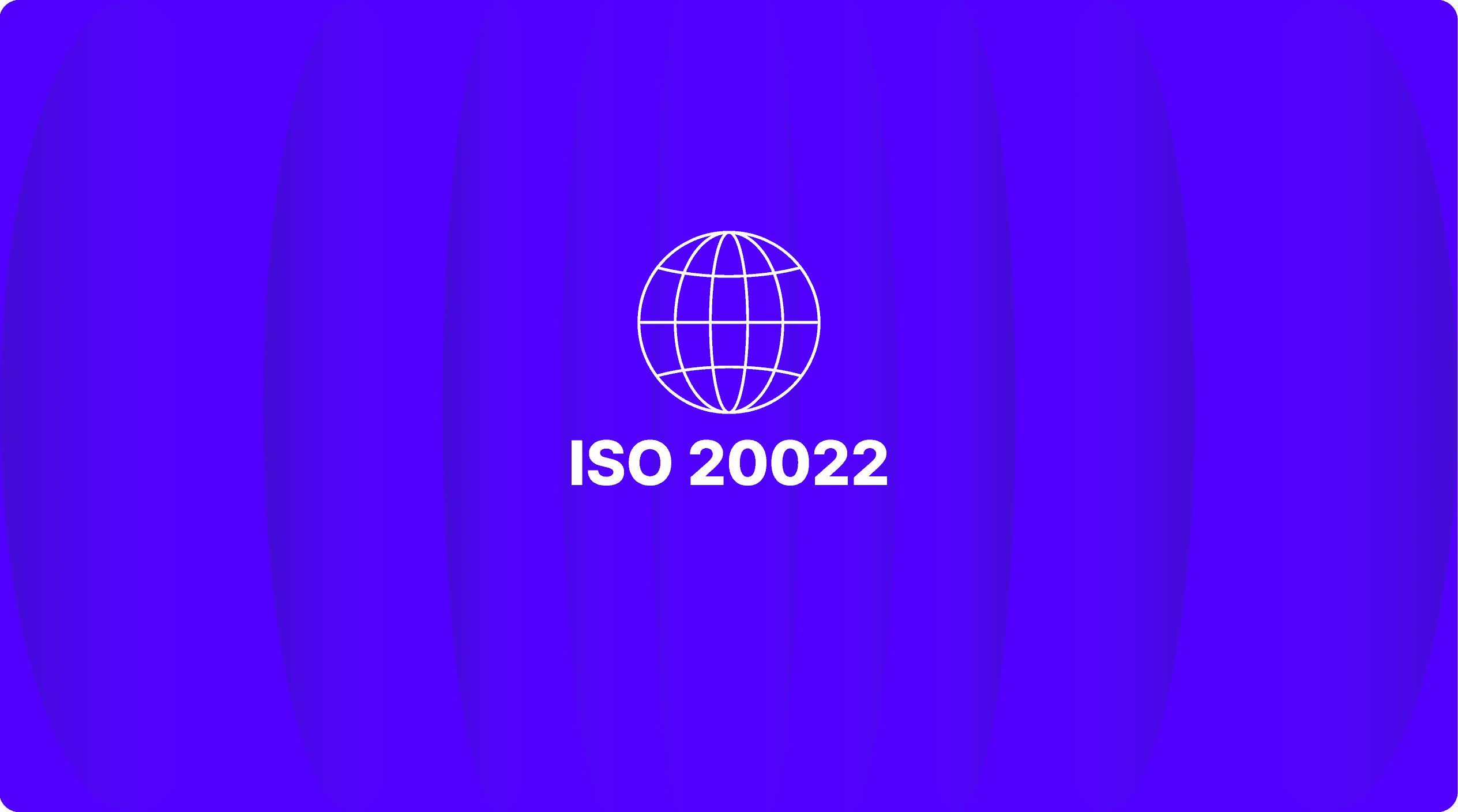51% of Bankers Expect FedNow Payments to be Profitable within 3 Years
An American Banker poll sponsored by Finzly reveals bankers' expectations for FedNow's profit potential and biggest risks.
An American Banker poll sponsored by Finzly reveals bankers' expectations for FedNow's profit potential and biggest risks.
CHARLOTTE, N.C. Jan. 30, 2024: Finzly, the pioneering provider of modern payment infrastructure for financial institutions, today published a report that includes polling results of bank executives' expectations for profitability from offering instant payments using FedNow®. The poll found that 51% of bankers believe that FedNow payments will become a profit center for their institutions within the next three years, and 50% think the biggest profit opportunity will come from fees enabling businesses to send and receive instant payments.
The poll results of 267 bankers are included in a new report from Finzly 'New Revenue Opportunities for Banks: B2B Real-Time Payments', which summarizes a webinar hosted by American Banker that brought together speakers Erik Van Bramer, SVP at The Federal Reserve, Ron Shevlin, CRO at Cornerstone Advisors and Finzly's Founder and CEO Booshan Rengachari. The report covers how banks can seize the growth potential of B2B instant payments and delves into top use cases.
The key findings of the poll, along with the conclusions of the esteemed panel are as follows:
When asked about the biggest profit opportunities with B2B instant payments:
- 50% of respondents mentioned fees for enabling businesses to send/receive instant payments. The panel concluded that banks not enabling instant payment send features are missing a crucial component of the profit potential.
- 29% mentioned embedding instant payments into third-party systems. According to the panel, this demonstrates the importance of smoothly integrating B2B payments into everyday business operations like tax and accounting, emphasizing the demand for modern API-based solutions enabling instant payments.
- 15% identified 'Request for Pay' (RfP) as a major profit opportunity. The panel commented that most bankers are missing a major opportunity for bank customers to request and send payments instantly using RfP, and as a result, miss the opportunity to automate invoices and bill payments through their digital banking experience.
Respondents identified their biggest concerns as follows:
- 38% identified "faster fraud" as their number one concern. The panel stressed the importance of choosing a vendor solution that can integrate real-time fraud monitoring to keep fraud at bay. They cautioned against forcing fraud detection into batch-based systems that lack the capability for real-time prevention.
- 13% felt that cannibalization of profit was their main concern. The panel emphasized that banks, especially those with suitable use cases like early wage access, need not worry about profit cannibalization. Instead, they should prepare for increased profit opportunities stemming from the growing transaction volumes associated with B2B instant payments.
- 25% are concerned that they presently don't have the technology and operations in place to be successful with instant payments. According to the panel, the adoption of instant payments should motivate banks to update their obsolete technology stacks, aligning with the demands of the modern, open, and interconnected economy where outdated batch-based systems fall short.
Banks continue to treat instant payments as a product, and that's the bigger problem. We must think from the customer's perspective and offer different options: some want to move money within an hour and pay a higher fee, others want to move the money in 24 hours to pay a lower fee, and still others are willing to wait four days and pay no fee. The customer will start paying for the experience, not for the payment.

With nearly 300 participants, the poll results are representative of wider industry sentiment. To read the full report with poll findings go here.
Source: PRWeb

Get the monthly newsletter
Get the Finzly edge through our insights









